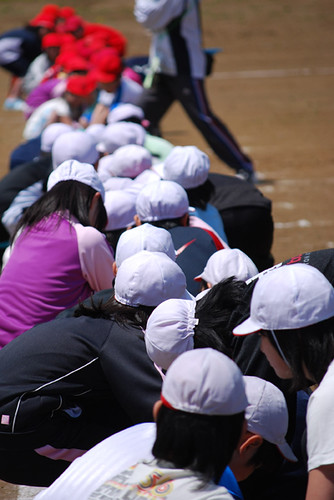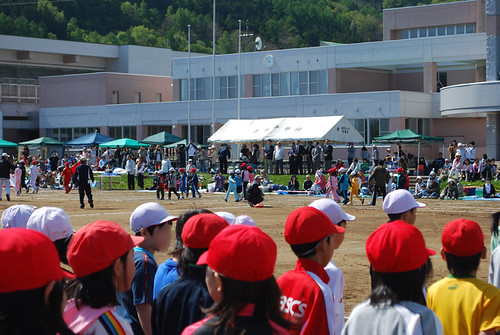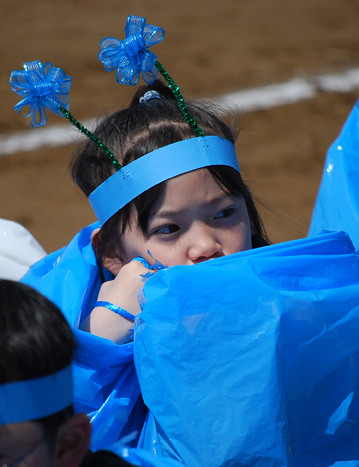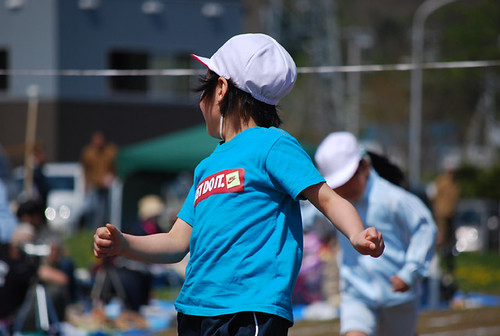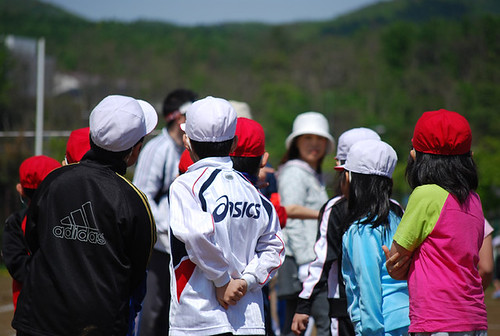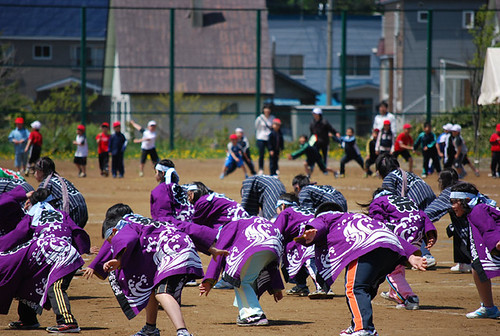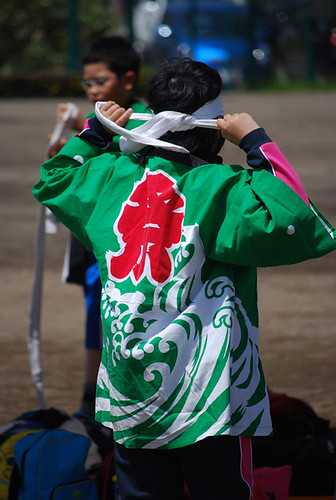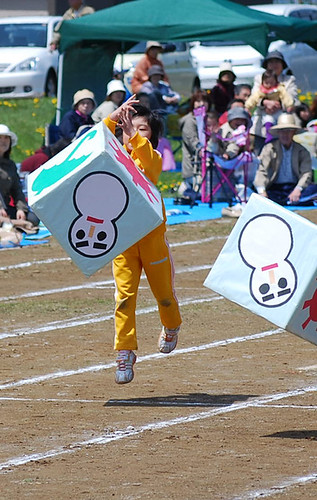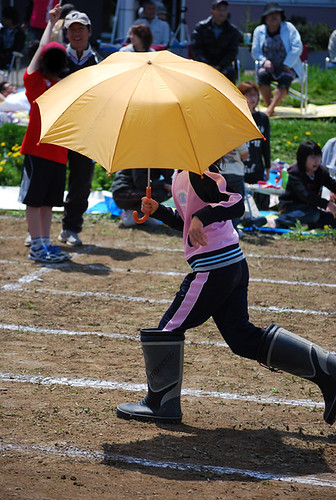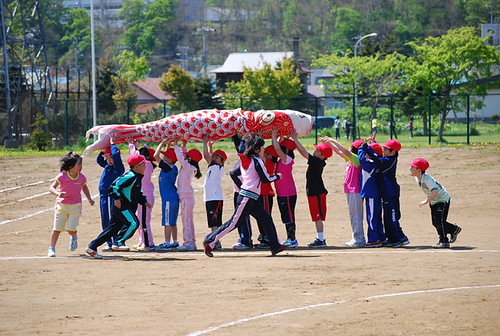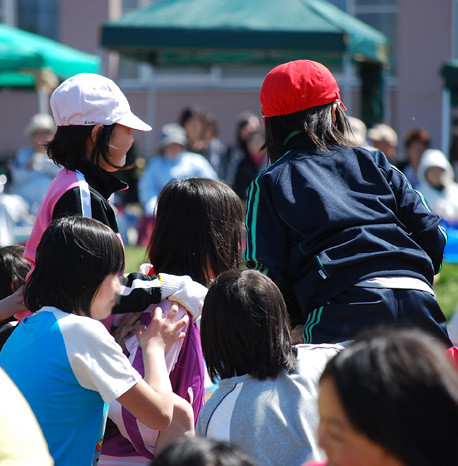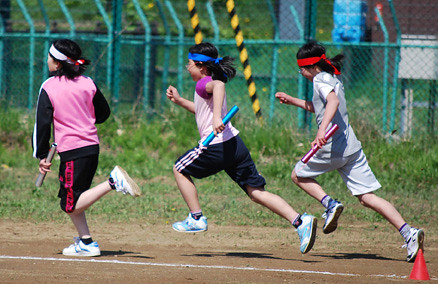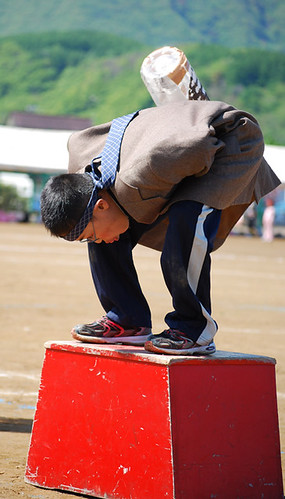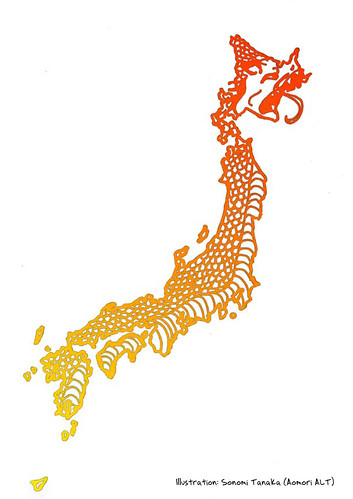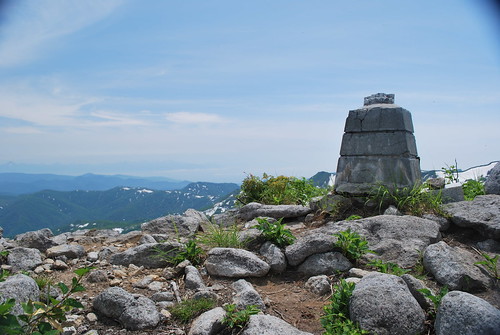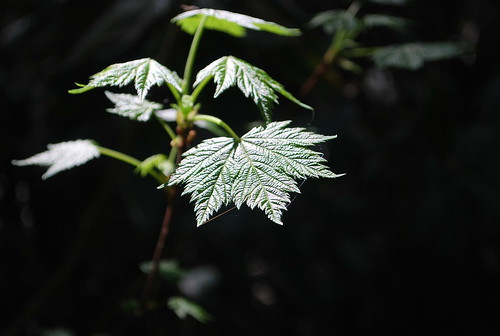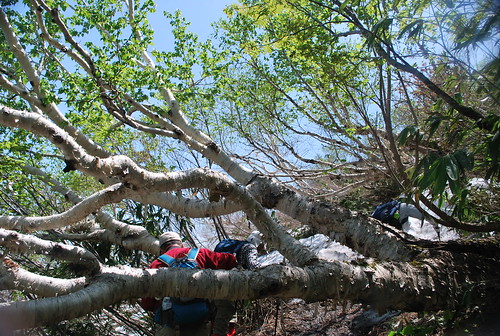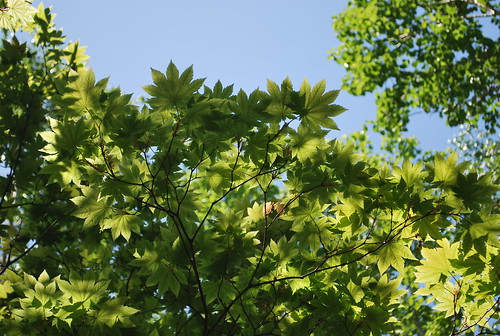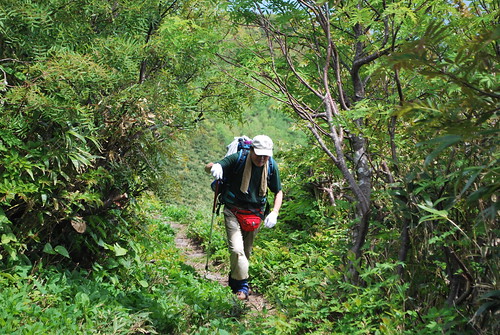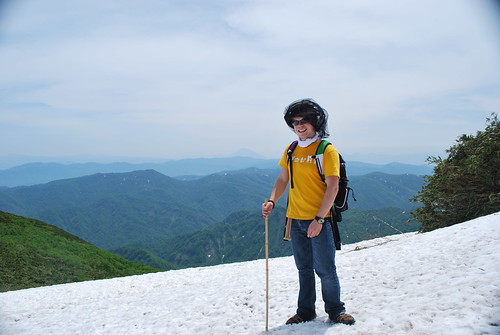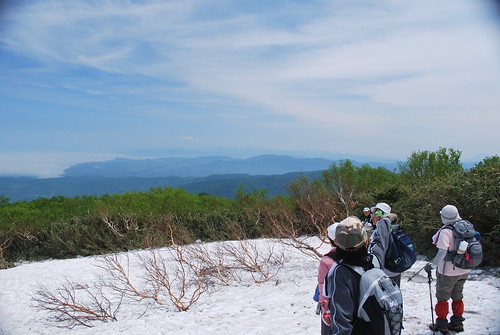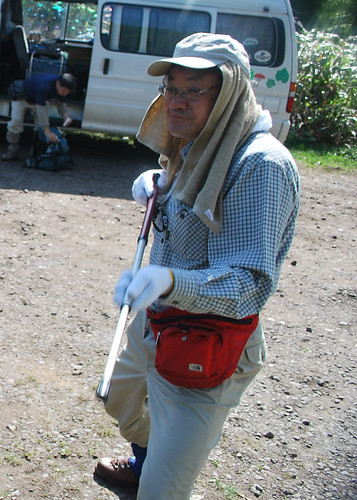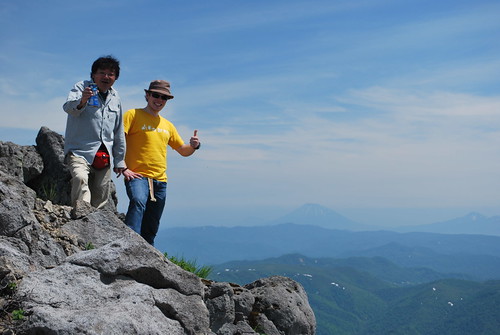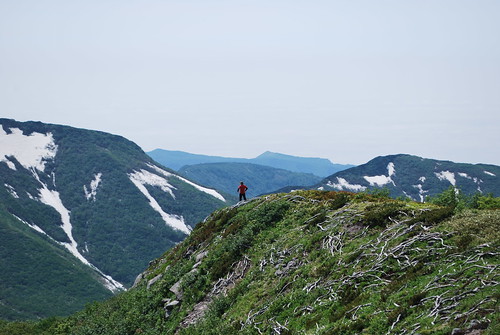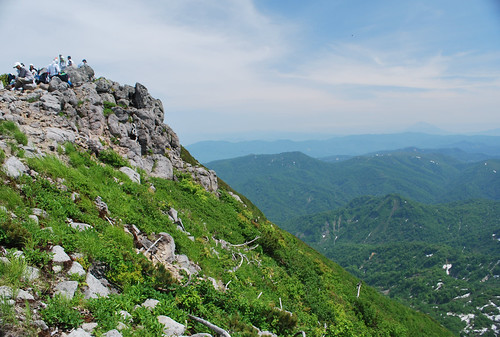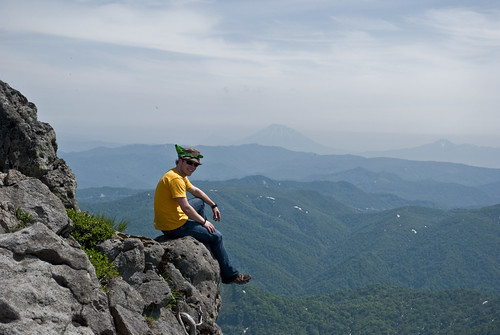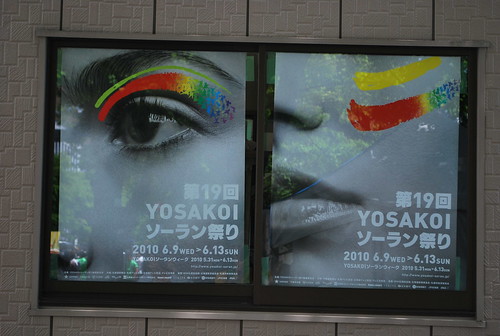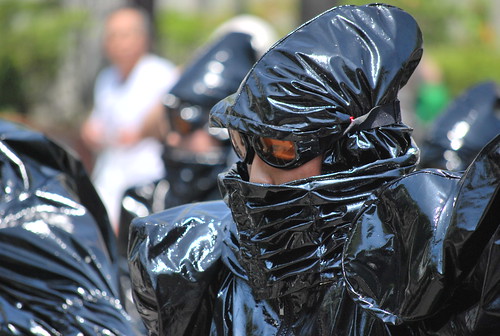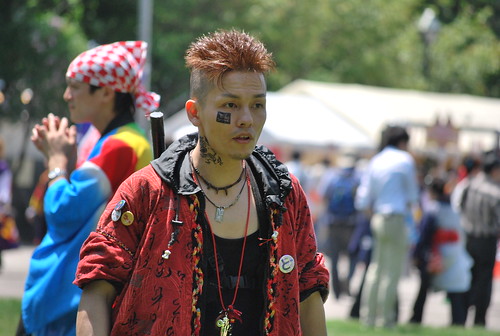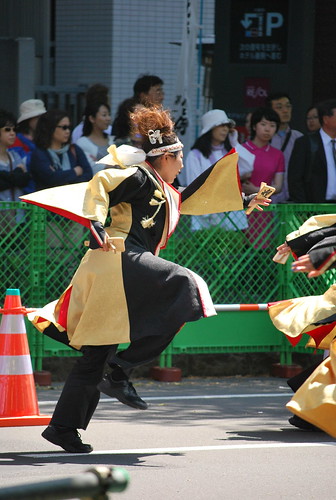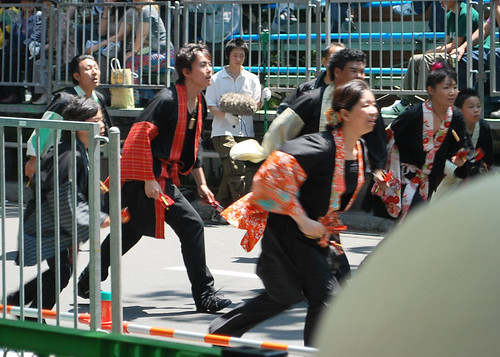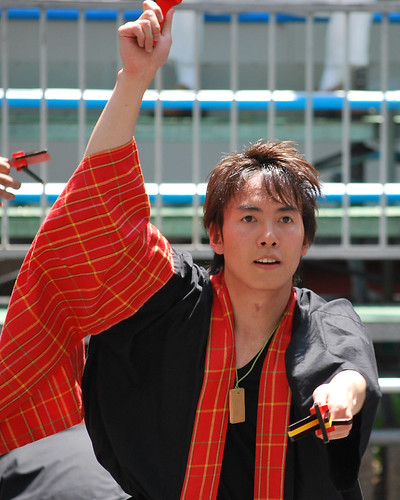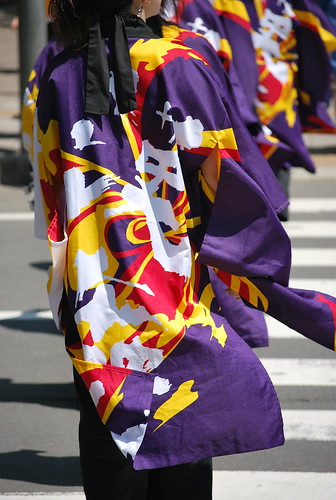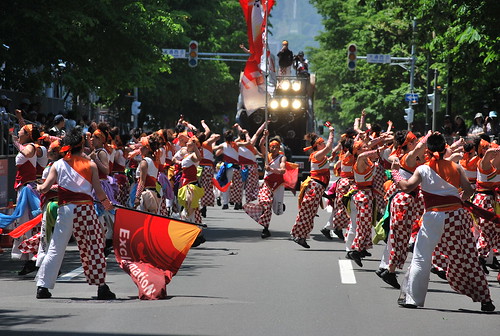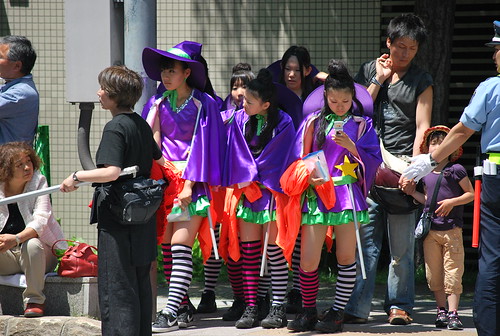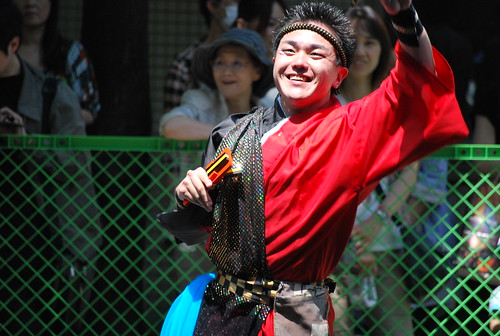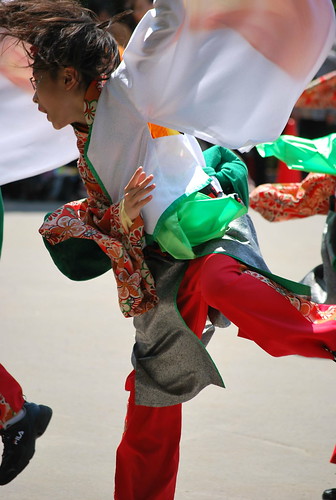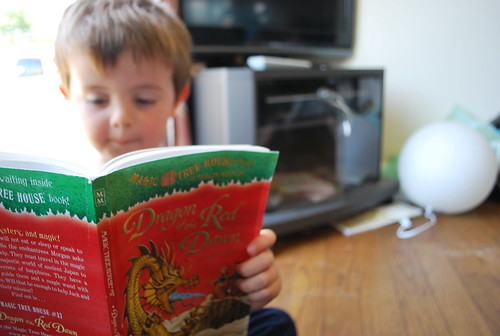
or “Two Sundays: Sunday The Second”
This should likely be retconned back to here to go with the other Sunday, and I'll do that eventually, but I figured I'd post it today as I likely won't be posting much while I'm off in Van, and some of the Torontonians might be interested. Also, it's not Japan-related, but it is meant to contrast with that other Sunday. Though I took my sweet ass time agonizing over this, all of these thoughts materialized concurrently with all of that sweetness from the Sunday spent camping.
In Canada, or Toronto, specifically, Sunday was spent in tense anticipation of the kind of madness that had gone down the day before under the cover of the G20 protest. The kind of stuff I came home to find out about my city couldn’t have been a starker contrast to the leisurely, amicable weekend I had just spent in Japan. Witnessing the coverage of everything that went down in Toronto, I find the whole thing depressing and perhaps even a little sickening. It’s been kind of haunting me since, like a nebulous storm cloud over my head, and the first time I tried to sort through what I was feeling and thinking was in an email to Saff.
Sorry, sir. Was away all weekend when all the G20 stuff/messages from you dropped. I looked at all your tweets and a bunch of the pictures you took, and it only served to depress me, so much so that I've been completely unmotivated to read any of your blog posts.
You see, I'm a pretty passionate guy, and I can set myself on fire when it comes to ideas or certain beliefs, but...I don't know. I can't get behind either side on this G20 thing. I'm angry with the security force for making my city something it's not, but I'm angry with that black block bullshit for doing the same. If it's true that the cops were baiting the black block to legitimize themselves, then I'm pissed at the black block for being stupid enough and juvenile enough to take the bait and revel in the opportunity for destruction. They ruined everything, and they single handedly damaged the image of all of the other peaceful, legitimate protestors. The conflict seekers and the drama queens baited the police and cast their shadow over all the people behind them with real things to protest about.
I think it comes down to the fact that these people described themselves as Anarchists, and I don't think I can ever get behind Anarchists. I don't care what end they're trying to justify with their means: in my eyes they are devoid of beliefs. Their only god is chaos: their only moral, destruction. Anarchy is a cop-out masquerading as beliefs. To have beliefs, you have to be accountable to something.
If you’ll permit me a tangent, it reminds me of a university course I took in the Rhetoric of Dissent. As a group project, we were asked to start our own resistance movement. There were anti-smoking groups and anti-cell-phone groups and anti-meat groups, but the one I’m remembering now was the “X” group. It was populated by the hipsters and the counter-culture kids in the class, and it was…well I don’t really know what it was. It was anti-anti, I guess, and thinking themselves clever the group did little in their presentation other than sit at the front of the class, doing little, delighting in how much more clever and ironic they were than all the rest of us with our predictable, so-very-yesterday causes. They were the black block of our class, and they were a cop-out. They took advantage of their freedom, and they worked towards nothing. They claimed the nothing to be their cause, to be their end goal, but all they succeeded in accomplishing was a void. They insulted everyone who had come to that class with a purpose, and they mocked the authority of our professor.
The black block anarchists are as unwelcome in my city as the riot cop darth vaders that clashed with them. The only way I can adequately express my distaste for both sides is by saying I want them both to not exist; I want them all teleported to Mars where they will never again trouble Toronto the Beautiful.
At the same time, I don't want to dwell on this. It has affected me more deeply and more inexplicably than I would have thought it had any right to. I'm not someone who comes to depression naturally, but this has depressed me. Even if the Toronto police/the security force were unconstitutional and truly cruel, and even if there is some way they can be held accountable for their actions, I don't care.
I don't give a flying fuck.
The damage has been done to the soul of a city, and to drag it out with investigations and finger pointing and attempts to justify the violence and the cruelty will do nothing to heal that bleeding gash in what our city is.
A lot of people fucked up in all of this, and the Free City, as you call it, was the only one that paid the price for those fuck ups. No matter what either side tries now, after the fact, to validate their actions, it will never make it up to the city.
The main point that came out of all this, though, for me was the idea of the Soul of the City. Maybe that can be the kind of thing worth posting up here; the kind of thing worth sustaining with the madness of Toronto as an illustration. The notion of the Soul of the City if something I’d touched on before, with dutiful thanks to Italo Calvino’s Invisible Cities (Read this book. Why haven’t you read this book yet?) and Neil Gaiman’s Worlds’ End.
If cities were to have souls, they’d likely be mostly people-based. There is the city’s architecture and its infrastructure and its ecology, but I’d like to think these constants compose a body, and it is the people who breathe the life into that body. That being said, without the body of architecture and infrastructure and ecology, those people would be other than what they are within the body of the city.
Just as the souls of cities can become hot, running fevers that infect their bodies, they can become protective. Even if they’re composed of thousands if not millions of individuals, the souls function as one. The many, fractured views of what the city should be that are held by those millions of individuals average out and harmonize into an overarching identity just below the surface of the city. Its soul lives in their beliefs, in their impressions of what the city is.
And when the city is threatened, this collected soul reacts.
In Berlin, Germany, a hundred or so German Nationalists (Neo Nazis) need a cordon of officers to protect their freedom of speech as a crowd of thousands of ordinary Berliners gathers around them to silence them. They are the soul of the city, demanding that the same mistakes should not be made again.
In Tallinn, during the Soviet occupation of Estonia, the Estonian people in the capital created their own, non-soviet radio station and would broadcast from the former legislature building. A group of hundreds of Russians, possibly organized by Soviet authorities arrived to ring the building, attempting to force their way through the gates to silence the Estonian voice within. The radio station sent out a call to the city, telling it that their freedom was under siege. And it was the soul of the city that responded. Thousands of Tallinn residents of Estonian descent peacefully descended on the legislature building, ringing in the Russian protestors with a force dozens deep. In the end, Estonian police had to escort the Russians away through the gathered mass.
In each case, the city defended itself through its latent soul: through the tiny magic that it holds in the minds of its residents—a guarding enchantment disguised as municipal patriotism and an investiture in the clear notion of “home.”
However, when a violent darkness descended on Toronto, and it needed its soul to protect it, that soul was drained away. The foolhardiness of the few was favoured over the averaged wisdom of the many. Ahead of the G20, great walls were erected through the heart of the city, obstructing its natural flows and pushing the residents that made up its soul out of the city’s heart. Soldiers were fashioned out of peace keepers: they were armed, they were encased in armour.
I think John Cruickshank, Publisher of the Toronto Star, said it best in his article immediately following the madness over the weekend in Toronto. I think it was the following statement from him that set me off down this contemplative path about cities and their souls. I think it was the following statement that was the only sanity I’d heard in all of this:
“The only force that can prevent vandalism and mayhem in a city is the presence of its population.”
The soul of the city responds.
When the city is in peril, its citizens move to protect it.
When the nihilistic black block infiltrated our city, we didn’t need riot cops: we needed civilians, living in the city and making it alive as they do every Saturday and Sunday. In the presence of civilians—in the presence of the soul of the city—violence and anarchy will not be tolerated.
And let it not be the case that people think the black block as the only threat to this city—the only force that the soul of the city would have rejected. Though the authorities would tell you that they emptied the core to protect the civilians, I don’t doubt that they made this decision to protect their force of Darth Vaders as well. Just as the Soul of the City would not have tolerated the black block, I very much believe that it would not have tolerated the gas-masked and plexiglassed black cops, either.
Gah. I’m not sure what this was meant to be, and I know it has little to do with Japan, but I’ve agonized over it for long enough, so here it is as it is. Here’s hoping something in it speaks to you, even if it isn’t as artfully wrought as it could have been.

